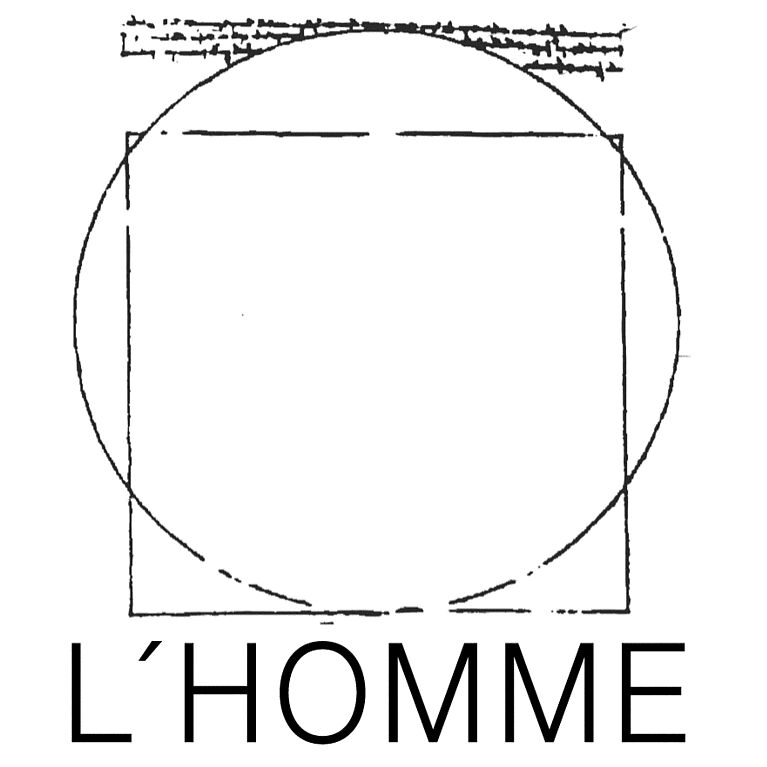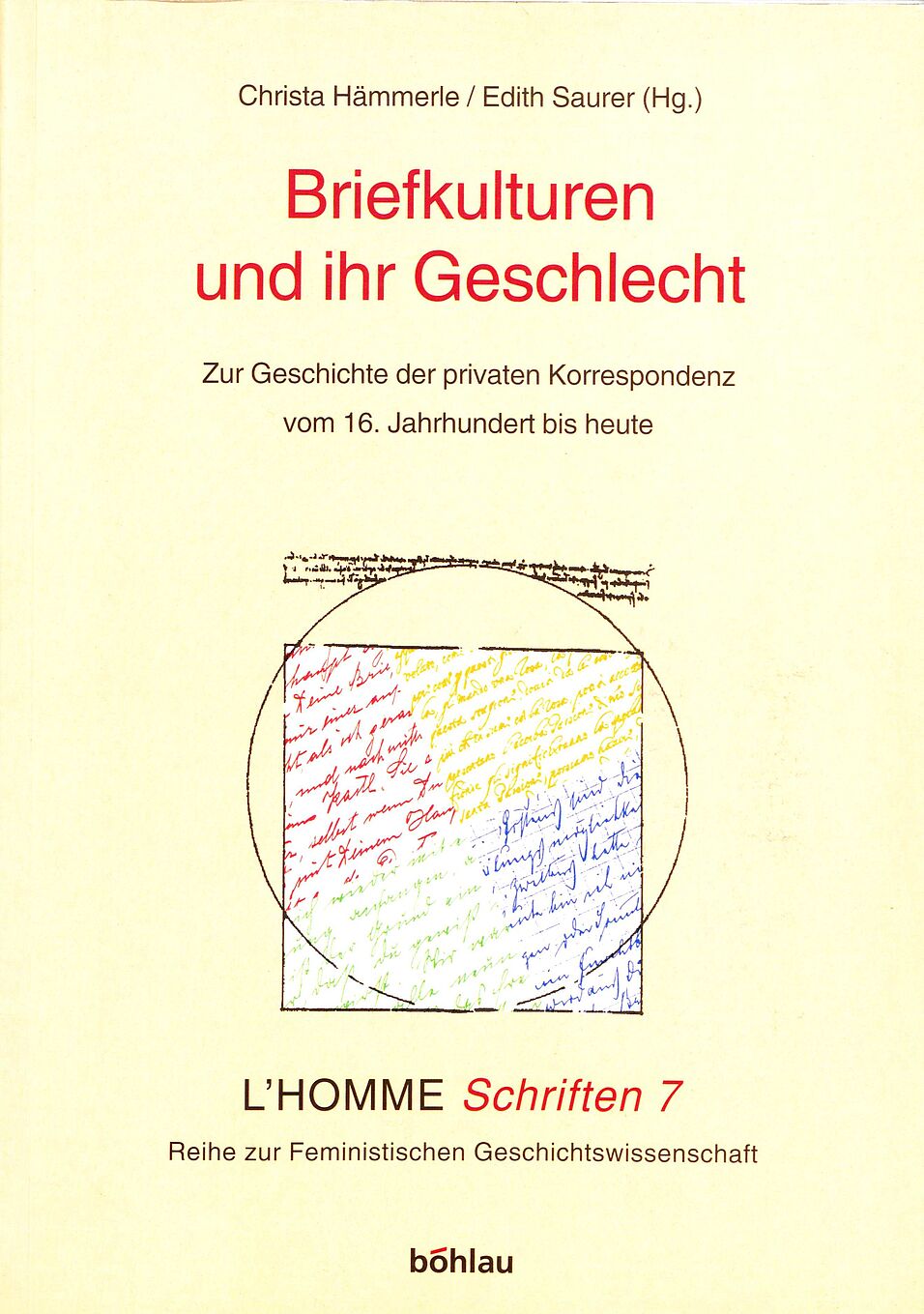Hg. von Christa Hämmerle und Edith Saurer
Briefkulturen und ihr Geschlecht. Zur Geschichte der privaten Korrespondenz vom 16. Jahrhundert bis heute
(L'HOMME Schriften, 7)
Böhlau Wien 2003. 316 S, EUR 35,-, ISBN 3-205-99398-5
Private Korrespondenzen stellen ein Textkorpus dar, das in einer Bewegung Schreibende und Lesende, soziale Netzwerke und gesellschaftliche Bedürfnisse vorstellt. Frauen waren große Briefschreiberinnen; die Frauengeschichte hat sich daher früh für diese Textgattung interessiert. Unter neueren kulturgeschichtlichen Fragestellungen tritt die Bedeutung des Textes und der Kommunikation in den Vordergrund, und damit auch das Spannungsverhältnis von Erfahrung und Diskurs, Normierung und Praxis des privaten Schreibens.
Der Sammelband ist interdisziplinär und in vier Abschnitte gegliedert (Literatur und Autorschaft; Briefe im Alltag - Alltag in Briefen; Briefe zwischen Wanderungen, Emigration und Exil, Briefe im und vom Krieg).
Er enthält Beiträge von Beatrix Bastl, Heinz Berger, Monika Bernold/Johanna Gehmacher, Rebecca Earle, Konstanze Fliedl/Karl Wagner, Marie-Claire Hoock-Demarle, Margaretta Jolly, Elisabeth Joris, Meinrad Pichler, Edith Saurer, Margit Sturm, Juliane Vogel, Birgit Wagner und Benjamin Ziemann, mit einer Einleitung von Christa Hämmerle und Edith Saurer.
Inhaltsverzeichnis
Buch bestellen
Presse
"Christa Hämmerle et Edith Saurer nous proposent ici un ouvrage où, quels que soient nos intérets, nous trouvons plaisir à lire et à enrichir nos connaissances."Paul Pasteur, in: Notices Bibliographiques, Austriaca n° 57, 2004, 260f.
"Christa Hämmerle and Edith Saurer's volume brings together the work of fifteen European historians and literary historians to demonstrate the diversity and wide-ranging applicability of epistolary research. … This book not only makes a significant contribution to gender studies in a European context, but also provides ample evidence of the validity of the private letter as an historical source. For modern readers, private correspondence provides the locus for cultures of memory, important both within families or other defined groups (such as immigrant populations or veterans of conflicts) as well as for biographers …"
Caroline Bland, in: Wiener Zeitschrift zur Geschichte der Neuzeit, 6, 2 (2006), 140–142, 140, 141
"Ist der Brief weiblich? … Vier große Abschnitte behandeln 'Literatur und Autorschaft', 'Briefe im Alltag – Alltag in Briefen', 'Briefe zwischen Wanderungen, Emigration und Exil' und 'Briefe im und vorm Krieg'. Diese Herangehensweise eröffnet neue Aspekte bereits bekannter Sachverhalte. … mancher Text ist ein wenig theorielastig und nicht immer leicht verdaulich. Dennoch: Die Lektüre vermittelt am Ende mehr als nur die Antwort auf die Eingangsfrage."
Gaby Sonnabend, Unendlich produzierend, in: Das Archiv, 4 (2005)
"The analysis focuses on the exchange of letters and their texts, as well as the social networks these letters created. The editors take as their point of departure Theodor Adorno's words about the end of the culture of letters. ... Another starting point for the editors is the correclation of this culture with the feminine gender and its deconstruction by feminist scholarship. ... Letters connecting different geographical regions, letters connecting different generations and genders show the wide cultural implitude and importance of correspondence for human beings. Through the various articles the editors show how politics and everyday life, intimacy and distance, public and private, curltural norms and personal imagination are connected in the correspondence."
Kristina Popova, Personal Heritages: Politics and Gender in Autobiography and Correspondence. Review Essay, in: Aspasia, Vol. 3 (2009), 245-248.

